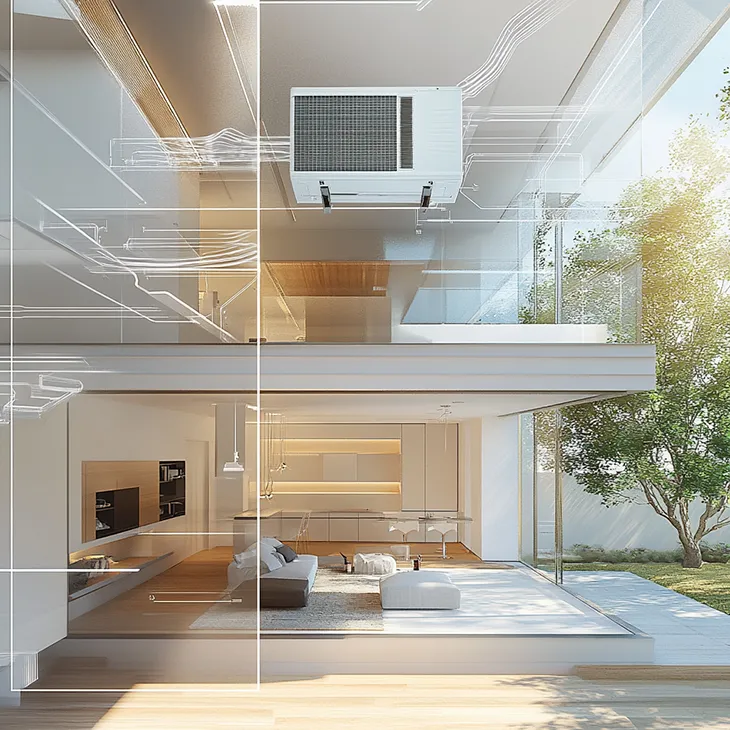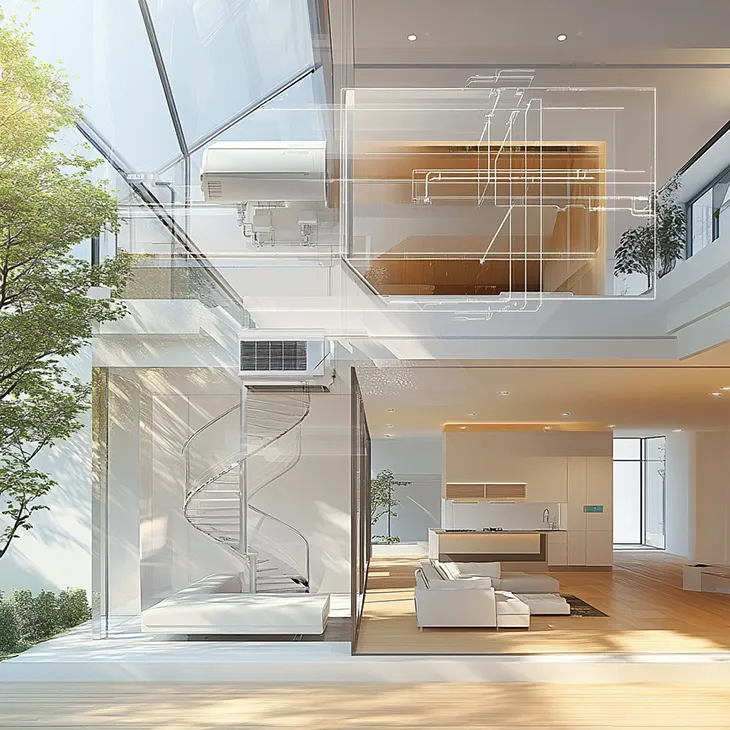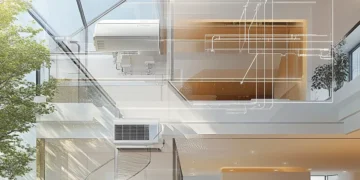
As more homeowners turn to ductless HVAC systems, interest in their benefits continues to grow. If you’re evaluating options for your space, understanding what features to prioritize can help you make an informed decision. Ductless systems offer a streamlined, adaptable alternative to traditional ducted setups – designed to enhance comfort, efficiency, and ease of use. This article outlines the core features that define high-quality ductless HVAC solutions.
Why Ductless HVAC Systems Are Gaining Popularity
Often referred to as mini-splits, ductless HVAC systems appeal to homeowners for their flexibility and performance. Unlike traditional systems that require extensive ductwork, ductless models connect an outdoor unit to one or more indoor units via small refrigerant lines. This setup is ideal for older homes without existing ductwork, new additions, or areas where installing ducts would be intrusive or impractical.
These systems also operate with a high level of energy efficiency. Many outperform older models, offering more consistent comfort while reducing energy consumption. Their compact size ensures minimal visual impact and allows for placement that suits both function and design. Given these advantages, it’s clear why demand for ductless options continues to rise.

Energy Efficiency and SEER Ratings
One of the most important specifications to review is the Seasonal Energy Efficiency Ratio (SEER). This rating reflects how effectively a system cools relative to the amount of energy it consumes over a season. A higher SEER rating indicates better performance and lower operating costs.
For instance, a unit rated SEER 22 will perform more efficiently than one rated SEER 16, potentially leading to significant savings – particularly in warmer climates such as San Jose. Many modern ductless systems exceed SEER 20, making them a strong choice for those seeking long-term energy cost reductions.
Zoning Capabilities for Customized Comfort
Ductless systems offer individualized climate control through zoning, allowing each indoor unit to operate independently. This means different areas of a home can maintain distinct temperature settings based on usage and preference.
Zoning not only enhances comfort – it also improves energy efficiency by preventing unnecessary heating or cooling of unoccupied rooms. This is especially useful in households with varying comfort preferences, as each occupant can adjust their environment without affecting the entire home.
Quiet Performance
Noise reduction is another key advantage of ductless HVAC systems. Designed with quiet operation in mind, many units include variable-speed fans and insulated outdoor components to keep sound levels low.
Some indoor units operate at noise levels as low as 19 decibels, which is comparable to a whisper. For buyers who value a quiet living or working environment, verifying sound specifications during the selection process is essential.

Easy Installation and Aesthetic Design
Installing a ductless HVAC system is typically quicker and less invasive than installing a traditional system. Because it does not require ductwork, installation can often be completed in one to two days, with minimal disruption to walls or ceilings.
The indoor units are designed for discreet mounting and are available in various configurations to complement different interior styles. Some models offer customizable panel options to better integrate with your space. For high-quality installation, especially if you’re in California, companies like Fuse Service offer the best ductless air conditioning service in San Jose, making sure everything’s set up just right.
Smart Technology and Connectivity Options
Modern ductless HVAC systems often include advanced controls, such as Wi-Fi connectivity, app-based management, and compatibility with smart home platforms like Alexa or Google Home. These features allow users to adjust settings remotely, program schedules, and monitor energy consumption in real time.
Such capabilities offer added convenience and better control over energy use, which is especially beneficial for tech-forward households or those looking to optimize efficiency.
Finally, ductless HVAC systems combine efficient operation, zoning flexibility, low noise levels, and smart technology in a compact design. Their straightforward installation process and adaptable features make them a practical solution for a wide range of residential applications. For homeowners upgrading their HVAC systems or outfitting new spaces, these systems provide a modern, effective approach to climate control.



















